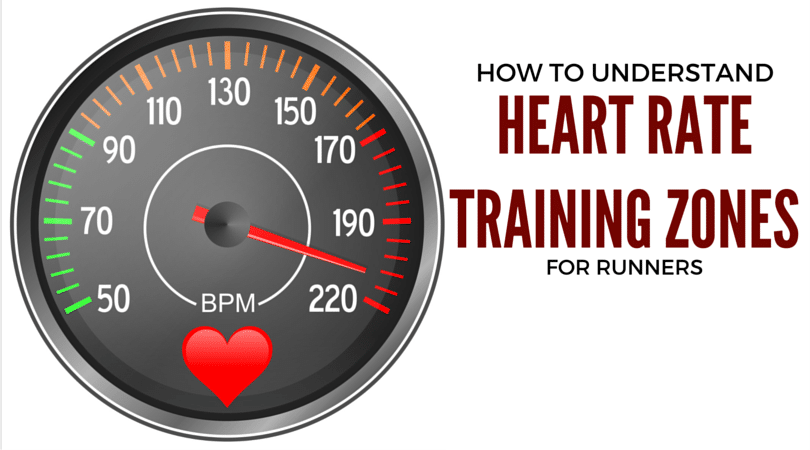In my previous post on how to calculate your heart rate, I detailed the process of finding your maximum and resting heart rates. Now, you’ve got those numbers all figured out, but how do they apply to your running?

Basically, your running should correspond to a different heart rate depending on what you’re trying to accomplish with your workout session. For example, you can be running easy, going for a tempo run, a long run, or a speed workout so something in between.
Each of these types of workouts requires you to run at a certain effort level or, more specifically, a specific heart rate. Once you’ve decided on what session you want to do, all that’s left is making sure you find and run at the correct heart rate to ensure maximum benefit.
The tricky part is figuring out what that corresponding heart rate should be for a particular type of workout. Exercise scientists have created a formula that makes this an easy task: MHR – RHR x Effort level + RHR….Um, on the other hand, maybe that isn’t so simple.
Luckily, I’ve set up a very easy to use heart rate calculation chart that will calculate all these values for you and give you a target heart rate range for any type of workout you want to do. Just enter your age and resting heart rate and the rest is done for you.
Now you can confidently attack all your workouts at the correct heart rate and ensure that you’re running at the right effort level to maximize your workout.
Recovery Training Zone
The recovery training zone is the heart rate and pace you should do the majority of your running days at. For any schedule that has “easy” next to the mileage total, this is the zone you should target for maximum effectiveness.
The recovery training zone is important because it gives your body the chance to mend itself from the hard workouts.
Most new runners run their recovery runs far too fast.
This puts them into what I call “the grey zone” of training. They aren’t running slow enough to allow proper recovery, but they aren’t running fast enough to get any real benefits. Running in the recovery zone should feel easy.
Aerobic training Zone
The aerobic training zone is the sweet spot for marathon training and developing your cardiovascular system. Your marathon pace should fall on the higher end of your aerobic training zone.
The pace adds just enough stress to your breathing that it will feel comfortably hard and you could hold the pace, if needed indefinitely. You should run your long runs at the lower end of this range, with the option to creep faster towards the end of the run if you’re feeling good.
In addition, if your training schedule calls for a “steady run”, this would be best accomplished at the high end of this heart rate zone.
Lactate Threshold Zone
The Lactate Threshold zone is more universally called a tempo run.
Basically, you’re looking to run just on the edge of your lactate threshold, which is the point at which your body can no longer process and get rid of the lactic acid that your muscles are producing from running and the lactic acid starts to flood your system.
Heart rate training is a great tool for lactate threshold training because it helps you stay on the proper side of that fine line between just enough lactic acid production and too much.
Anaerobic Training Zone
The anaerobic training zone is most commonly referred to as speed work or VO2 max work.
VO2 max is a complicated physiological process that has its own post.
To be the most simplistic I can get without being “wrong”, VO2max is the maximum amount of oxygen you can consume and process when exercising.
Heart rate training in this zone is near maximum and you should only be able to run at 2 or 3 minutes maximum before your body gives out.
[bctt tweet=”I was confused about heart rate training zones, but @Runners_Connect explains it clearly. Finally I understand!” via=”no”]





3 Responses
Heart Rate Training Zones for Runners : Runners Connect
I used your calculator and it gives my max hear rate 186 but I very often have this on uphills etc. so it’s possibly not my max?
Hi Greg, that is exactly what we talked about in our post about heart rate training caveats, this will help explain a little better https://runnersconnect.net/running-training-articles/heart-rate-training-iii-caveats/ Hope this helps!